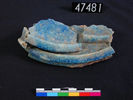Faience in Ptolemaic Egypt (323-30 BC)
(click on the images to see a larger picture)
Forms, repertoire and decoration of Ptolemaic faiences are closely related to Greek traditions, but there are also many influences from Egyptian and Western Asiatic (especially Achaemenid Iranian) traditions. Vessels of high quality seem to copy metal vessels, while simpler forms are similar to clay pottery. The vessels are produced in models or formed over a core. Closed vessel forms are produced in several pieces. The faience of this period is often very fine and hard burnt. The glazing is very fine and can have different colouring. Two-colour motifs are common.
There is still mass-production of Egyptian style faience. Amulets, beads statuettes are very similar to those of the Late Period.
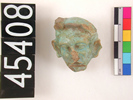 |
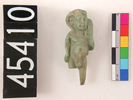 |
|
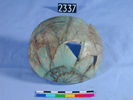 |
 |
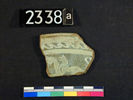 |
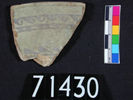 |
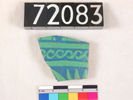 |
(click on the images to see the context or a larger image)
|
A faience workshop at Memphis
|
Koptos
|
'oinochoai'
|
Some faience vessels found at Gizeh
|
further reading:
Copyright © 2002 University College London. All rights reserved.

